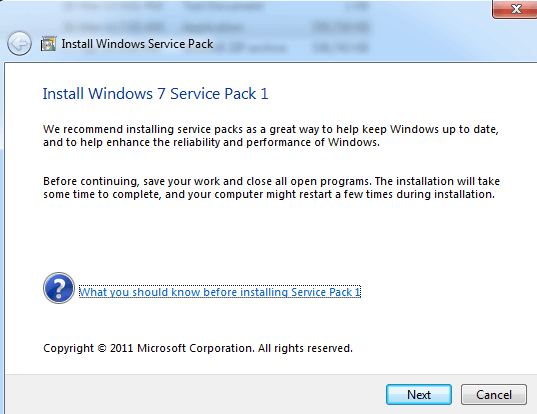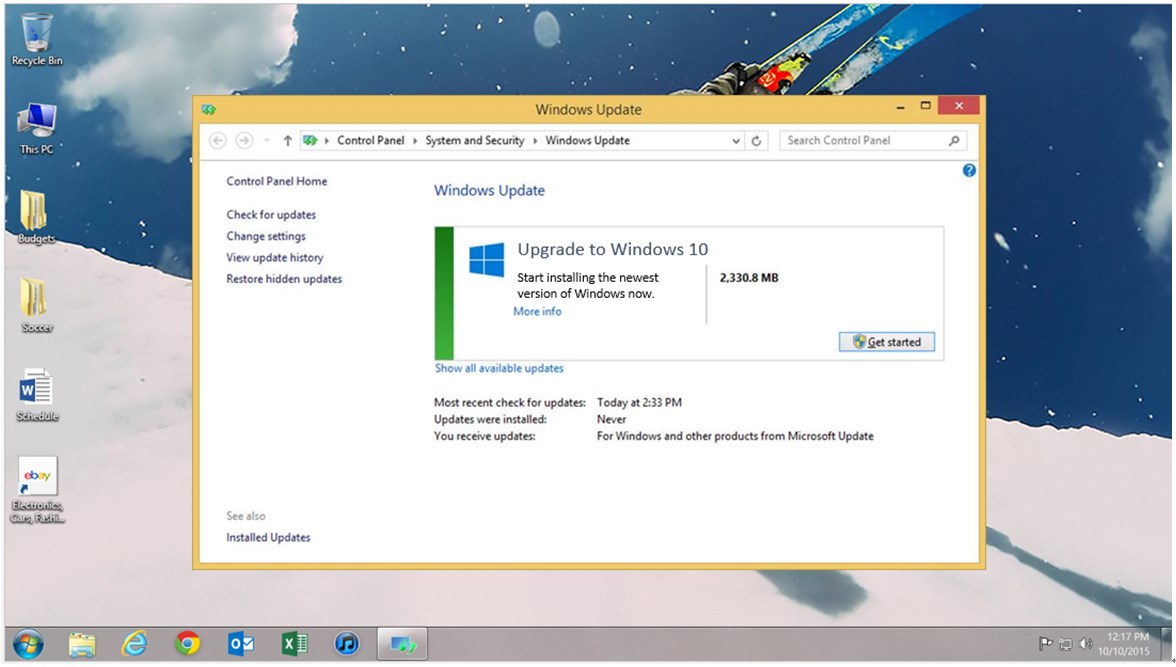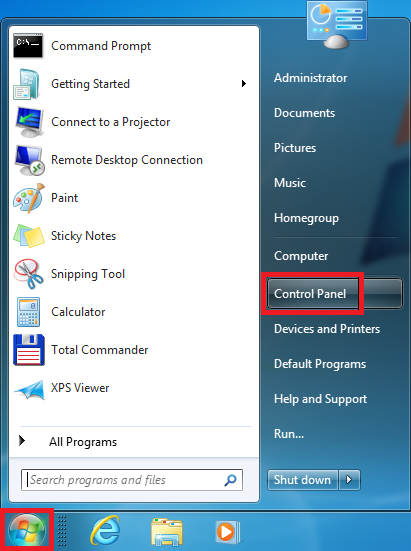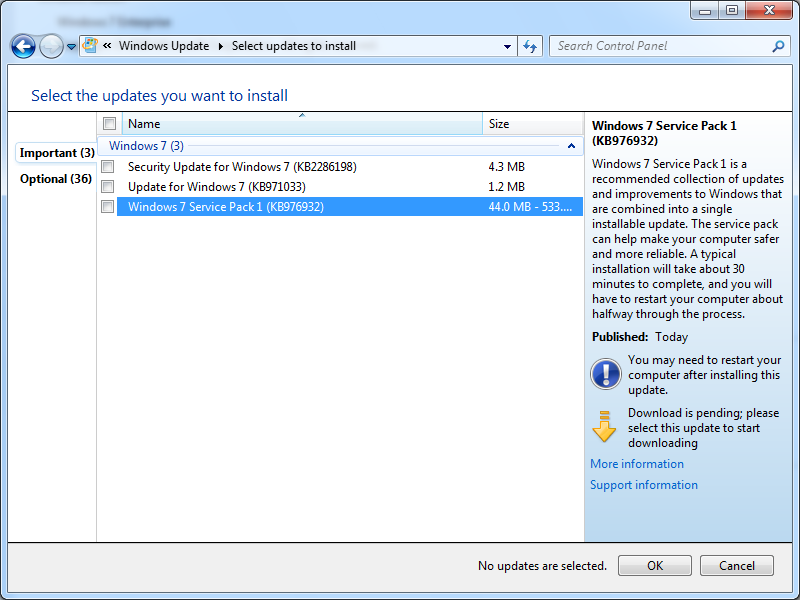
- Windows 7 how to install sp1 drivers#
- Windows 7 how to install sp1 windows 8.1#
- Windows 7 how to install sp1 Offline#
- Windows 7 how to install sp1 windows 7#
Windows 7 how to install sp1 windows 7#
Windows 7 how to install sp1 Offline#

Windows 7 how to install sp1 drivers#
Thankfully, Microsoft has released an update with native drivers for Windows 7 which add NVM Express support.
Windows 7 how to install sp1 windows 8.1#
It was Windows 8.1 which first got support for NVMe. But Windows 7 was only designed to work with SATA disks. They use a SATA connector if using SATA, otherwise the connector may be different depending on the form factor - in a desktop PC, they go into the PCIe slot, in an ultrabook, they use the M.2 connector. You will, no doubt, be fed up with Windows at this point, so take the opportunity to boot into Linux and start enjoying your computer again.Most modern PCs come with SSDs which are use either SATA (AHCI) or NVM Express. Having installed SP1, you can reset your boot order to boot from your grub drive again, and all should be well in the world. You will need to reboot to finish installation of the SP, so ensure that once again you select the Windows drive as the boot drive, and allow installation to complete. Install the service pack via WindowsUpdate as normal. Once booted - re-enable the WindowsUpdate service if you have disabled it as above, and make sure that the service is running. If you see grub when booting, you did it wrong. Most BIOS will have an option to choose the boot drive, so use that facility to set your Windows drive as the boot drive. You need to ensure that you boot directly from the Windows drive (i.e. You can safely re-enable the WindowsUpdate service then, though boot as described in the following first. Once rebooted delete all files in the c:\Windows\SoftwareDistribution directory. Right click "My Computer" and disable the WindowsUpdate service, then reboot. If you have already tried and are encountering the "Stuck at 0%" problem

It may also kill WindowsUpdate such that it gets stuck at 0% downloading if you retry. Service pack 1 will look to the first hard drive for Windows, and if it doesn't find it, will fail. For this how to work it is essential that the Windows MBR is intact on the Windows disk. The setup likely to cause a failure is you have Linux (and grub) installed to your first hard drive, and WIndows on a second or third etc.


I know this may seem like a strange HowTo on a Linux forum, but the difficulties that you may encounter are specifically attributable to having set up a dual boot in a particular way, and so I thought I ought to post this.


 0 kommentar(er)
0 kommentar(er)
